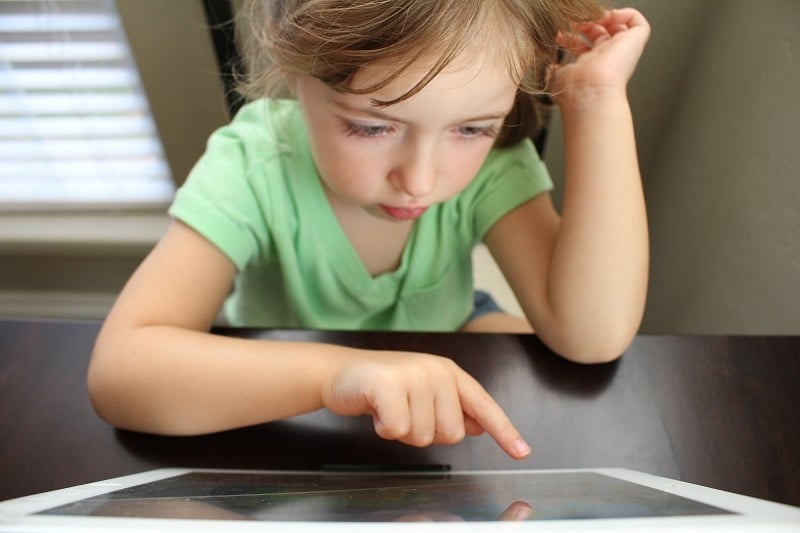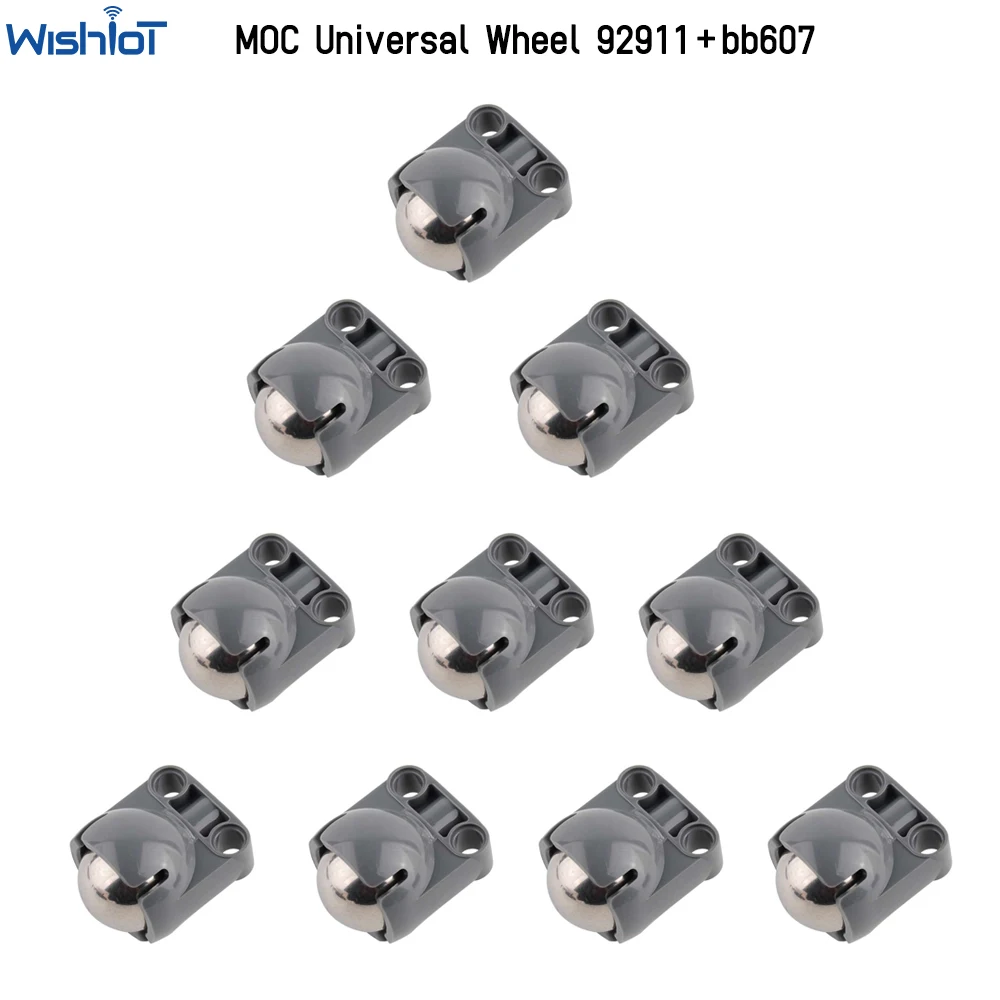1. Types and Categories
Educational Toys: STEM-based kits, robotics, coding toys that promote learning through play.
Interactive Toys: Augmented reality (AR) and virtual reality (VR) toys offering immersive experiences.
Smart Toys: Connected devices with app integration, voice recognition, and interactive features.
2. Design and Technology Integration
Innovative Features: Sensors, AI capabilities, IoT connectivity, enhancing play value and learning outcomes.
Safety Considerations: Child-friendly materials, age-appropriate content, and data privacy measures for connected toys.
3. Manufacturing and Material Choices
Advanced Materials: Lightweight plastics, durable composites, and eco-friendly options for sustainability.
Precision Manufacturing: 3D printing, injection molding, ensuring quality and design flexibility.
4. Market Trends and Customer Preferences
Growing Demand: Rise in tech-savvy parents seeking educational benefits and interactive play.
Customization: Personalized toys, DIY kits, allowing children to customize their play experience.
Ethical Consumerism: Focus on eco-friendly practices, ethical sourcing, and sustainable manufacturing.
5. Care and Maintenance
Battery Management: Rechargeable batteries, safety protocols for handling and disposal.
Software Updates: Ensuring toy software remains secure and up-to-date for optimal performance.
Cleaning and Storage: Non-toxic cleaners, proper storage to maintain functionality and longevity.
6. Educational and Developmental Benefits
Cognitive Development: Problem-solving skills, spatial awareness, and creativity fostered through interactive play.
Social Interaction: Cooperative play, communication skills, and teamwork in multiplayer tech toys.
Digital Literacy: Understanding technology, coding basics, and digital citizenship through interactive learning.
7. Challenges and Considerations
Privacy Concerns: Data security, parental controls, and compliance with regulations like COPPA (Children's Online Privacy Protection Act).
Screen Time Management: Balancing digital play with physical activity and outdoor playtime.
Age-Appropriate Content: Ensuring content and features are suitable for developmental stages and age groups.
Conclusion
High-tech toys represent a dynamic blend of innovation, education, and entertainment, catering to modern children's curiosity and learning needs. By embracing technology responsibly and focusing on educational outcomes, manufacturers and parents can enhance children's play experiences while fostering skill development and creativity in a digital age.








